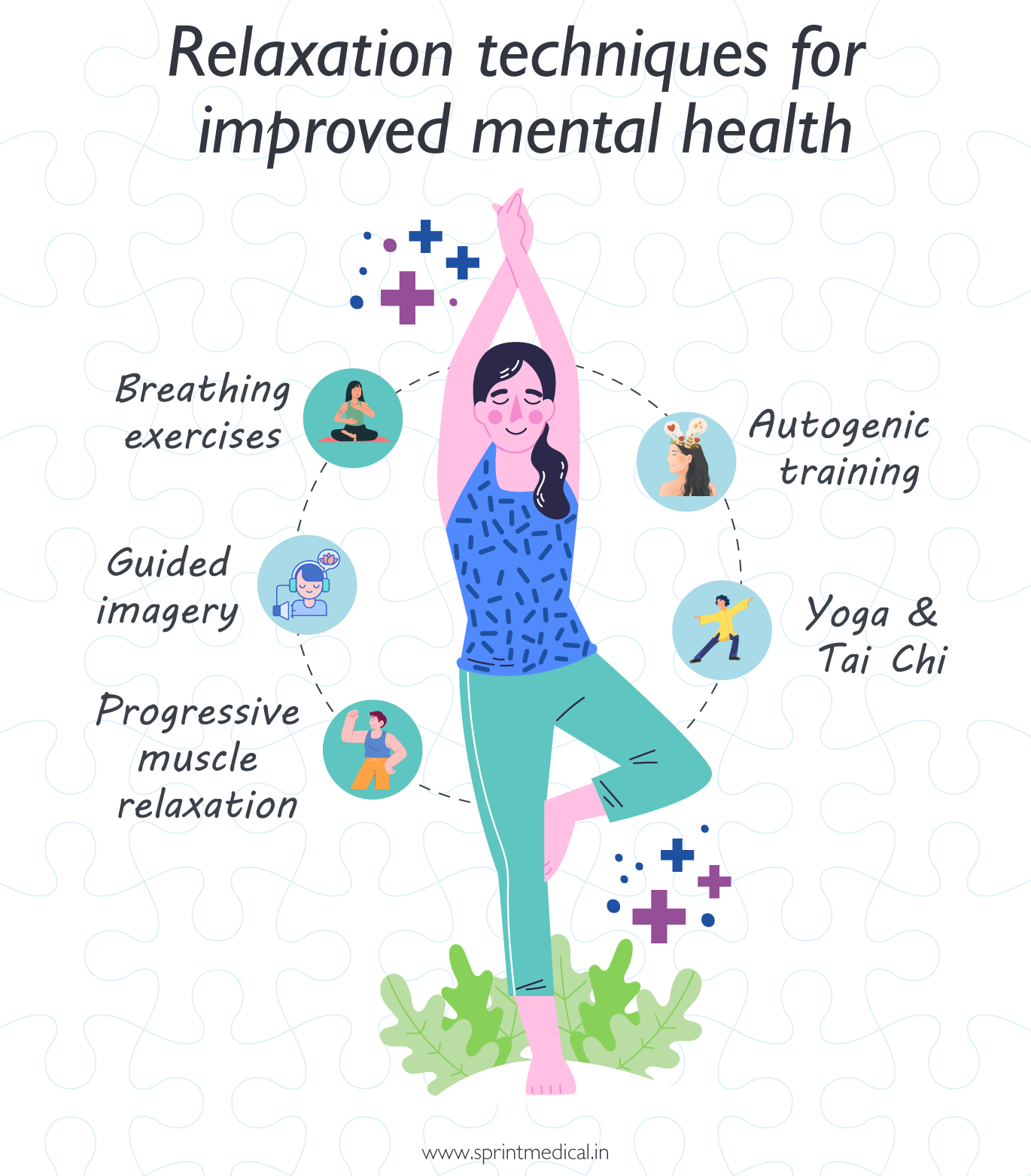Understanding Shingles and its Discomfort
Shingles, caused by the varicella-zoster virus (the same virus responsible for chickenpox), can be an incredibly uncomfortable experience. The condition typically manifests as a painful rash that can appear anywhere on the body but most commonly affects one side of the torso. Along with the rash, individuals may experience symptoms like burning, itching, and tingling sensations, as well as general discomfort. While shingles can be a challenging condition to deal with, there are several tips and strategies that can help ease discomfort during the recovery process.
Keep the Affected Area Clean and Dry
One of the most important steps in managing discomfort during shingles recovery is to keep the affected area clean and dry. Gently washing the rash with mild soap and water can help prevent infection and promote healing. After washing, pat the area dry with a clean towel or allow it to air dry completely before covering it with loose, breathable clothing. Avoid using harsh soaps or scrubbing the rash vigorously, as this can further irritate the skin and increase discomfort.
Apply Cool Compresses or Soothing Lotions
Cool compresses can provide immediate relief from the burning and itching associated with shingles. Simply soak a clean washcloth in cold water, wring out excess moisture, and apply it to the affected area for 10 to 15 minutes at a time. Repeat as needed throughout the day to help reduce discomfort and inflammation. Additionally, you may find relief from applying soothing lotions or creams containing ingredients like calamine or colloidal oatmeal, which can help calm irritated skin and alleviate itching.
Take Over-the-Counter Pain Relievers
Over-the-counter pain relievers, such as acetaminophen or ibuprofen, can be helpful in managing the discomfort associated with shingles. These medications can help reduce pain, inflammation, and fever, making it easier to cope with the symptoms of the condition. Be sure to follow the dosing instructions on the label and consult with your healthcare provider if you have any questions or concerns about taking these medications, especially if you have underlying health conditions or are taking other medications.
Practice Stress-Relief Techniques
Stress can exacerbate the symptoms of shingles and make discomfort feel more intense. Practicing stress-relief techniques, such as deep breathing exercises, meditation, or gentle yoga, can help relax the body and mind, reducing overall discomfort. Additionally, engaging in activities that you enjoy and spending time with loved ones can help take your mind off the pain and promote a sense of well-being during the recovery process.
Stay Hydrated and Eat Nutritious Foods
Proper hydration and nutrition are essential for supporting the body’s natural healing process and reducing discomfort during shingles recovery. Be sure to drink plenty of water throughout the day to stay hydrated and help flush toxins from the body. Additionally, focus on eating a balanced diet rich in fruits, vegetables, lean proteins, and whole grains to provide your body with the nutrients it needs to heal. Avoiding processed foods, sugary snacks, and excessive caffeine can also help minimize inflammation and discomfort.
Get Plenty of Rest
Rest is crucial for allowing the body to recover from shingles and reducing overall discomfort. Make sure to get plenty of sleep each night and listen to your body’s signals during the day. If you’re feeling tired or fatigued, take breaks as needed and prioritize relaxation. Avoiding strenuous activities and giving your body time to rest and recuperate can help speed up the healing process and minimize discomfort.
Seek Medical Attention if Needed
While most cases of shingles can be managed at home with self-care measures, there are instances where medical attention may be necessary. If you experience severe pain, persistent fever, or any signs of infection, such as increased redness, swelling, or drainage from the rash, it’s important to seek prompt medical attention. Your healthcare provider can evaluate your symptoms, prescribe appropriate medications, and recommend additional treatments to help alleviate discomfort and promote healing.
In Conclusion
Dealing with the discomfort of shingles can be challenging, but with the right strategies and self-care techniques, you can ease your symptoms and promote a faster recovery. By keeping the affected area clean and dry, applying cool compresses or soothing lotions, taking over-the-counter pain relievers as needed, practicing stress-relief techniques, staying hydrated and eating nutritious foods, getting plenty of rest, and seeking medical attention if necessary, you can manage your symptoms and feel more comfortable during the recovery process. Read more about shingles recovery tips





